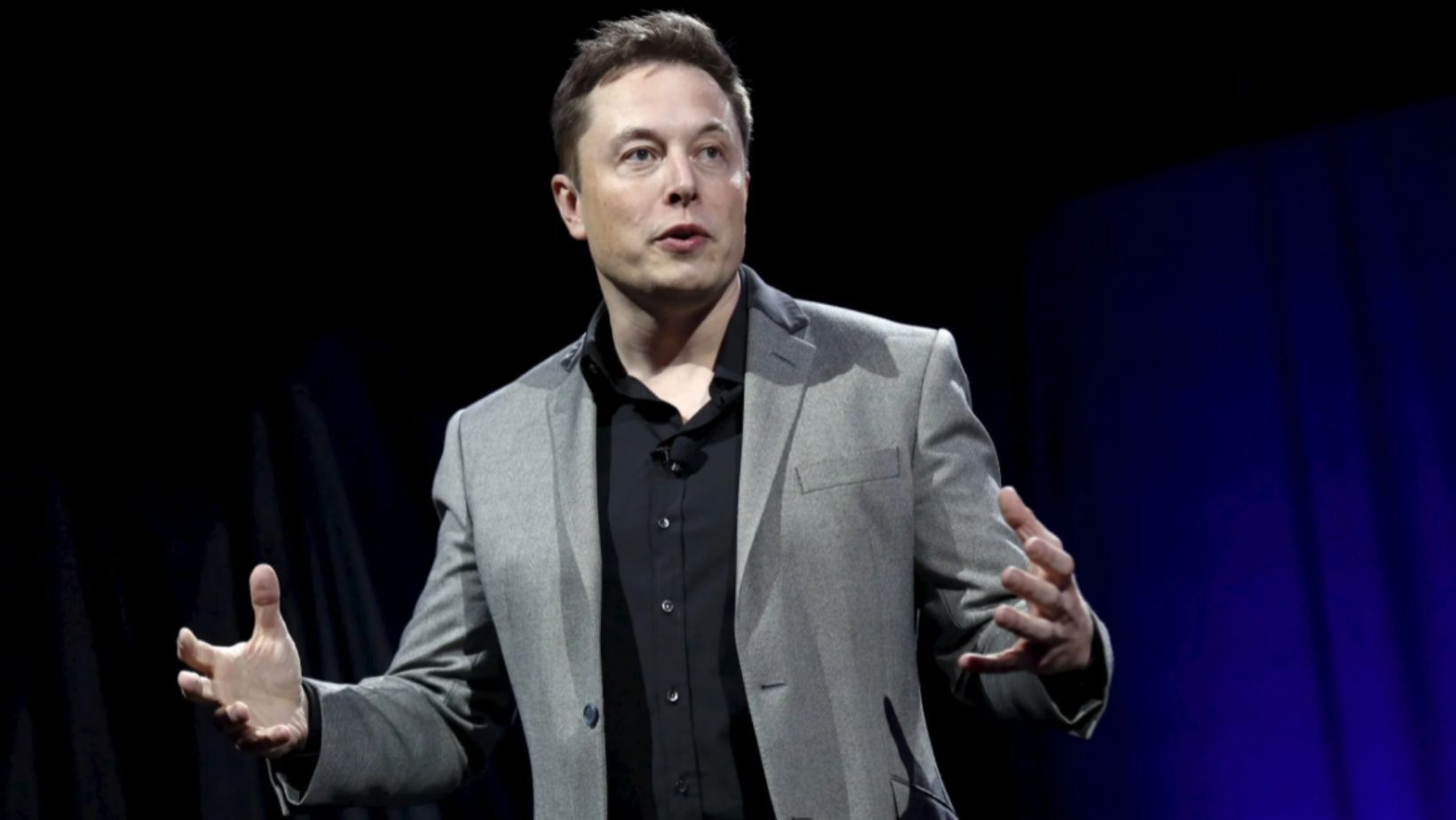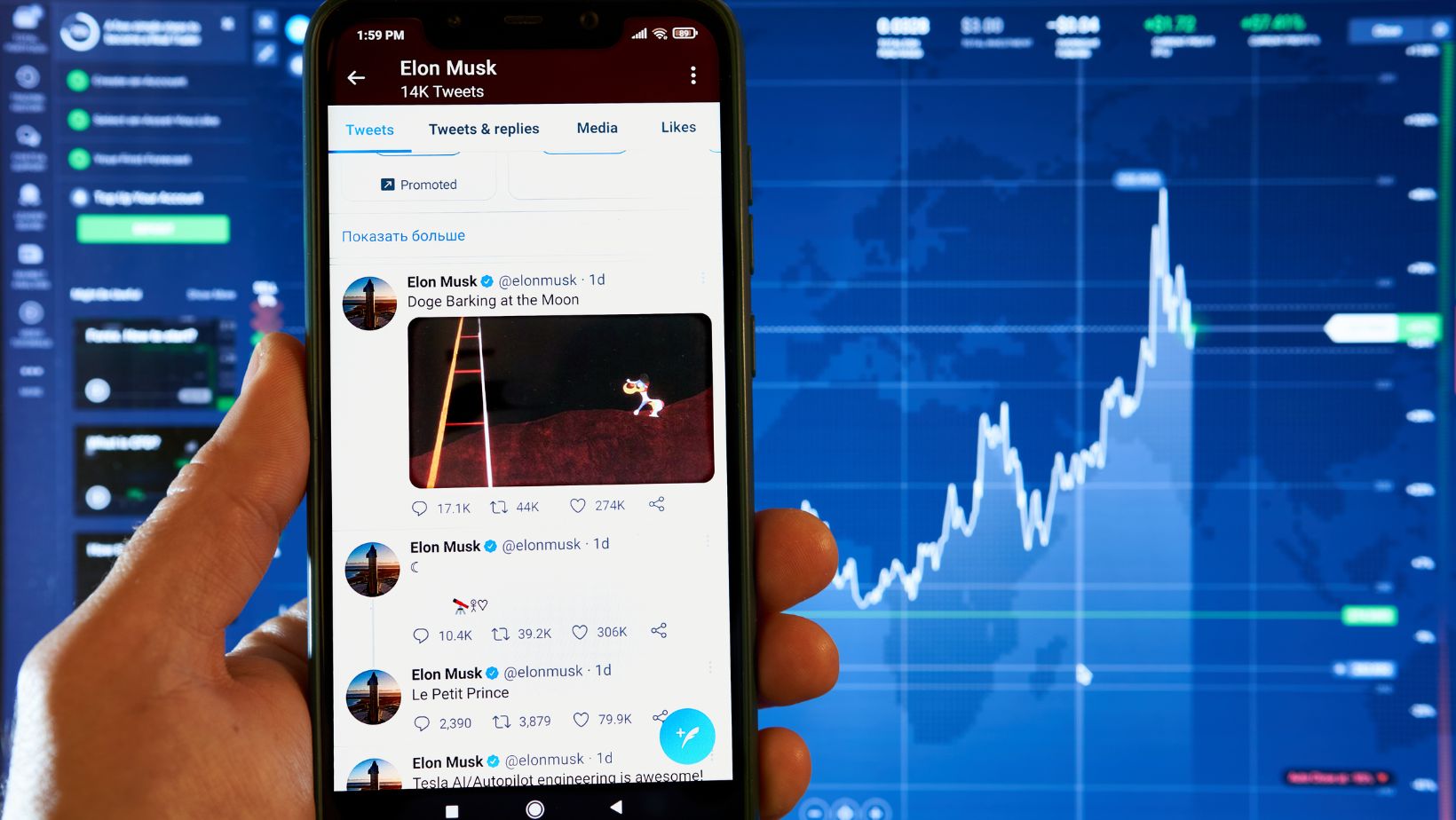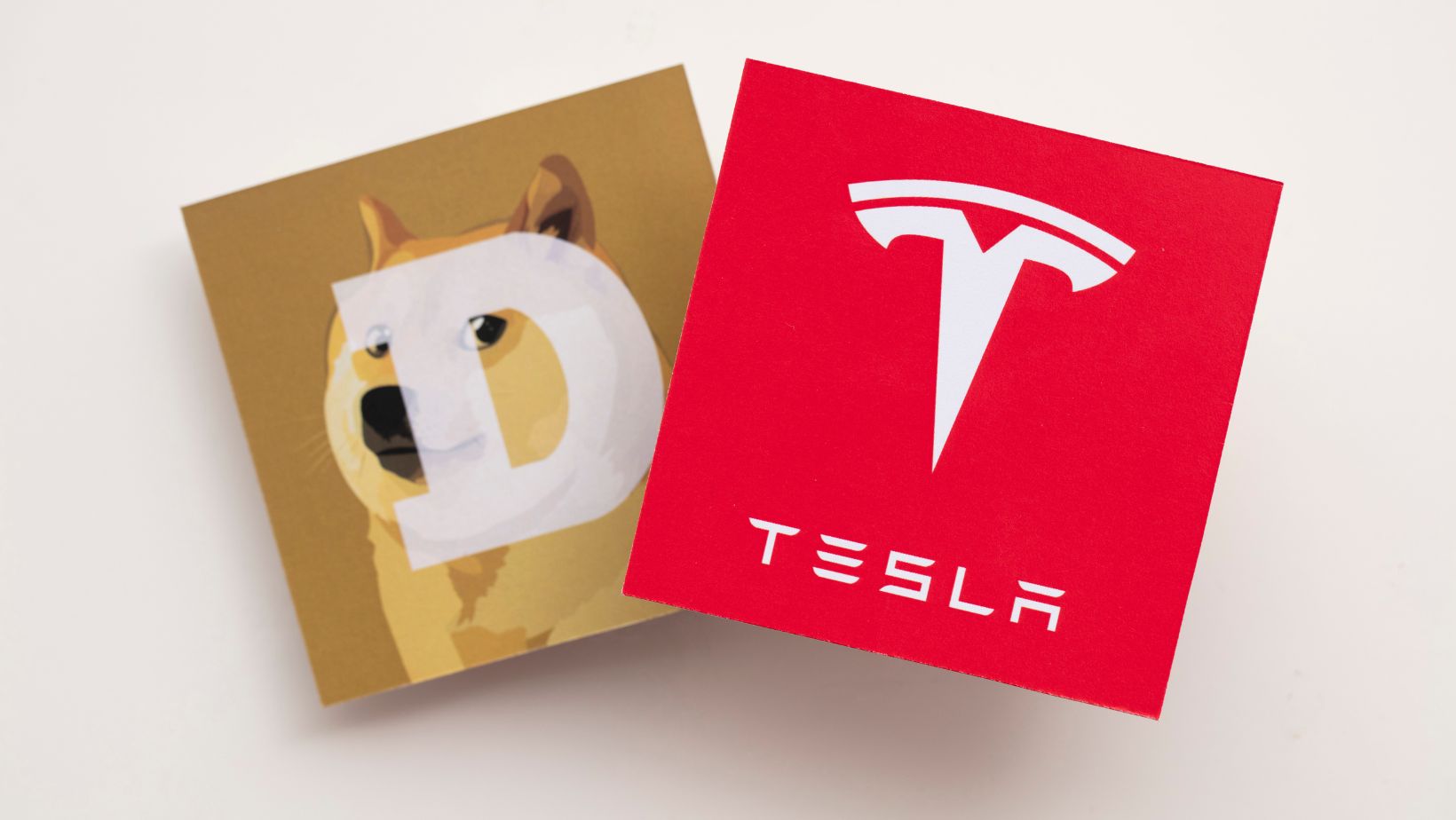
Elon Musk, the visionary behind Tesla, SpaceX, and Neuralink, has reshaped industries from automotive to aerospace. With a net worth surpassing $200 billion at its peak, his spending habits and investments reflect a blend of audacious ambition and minimalist pragmatism.
Today’s article discusses Musk’s citizenship, physical stature, residences, entrepreneurial journey, and the implications of his wealth, offering insights into how one might allocate resources on such a monumental scale.
Learn About Elon: Is Elon Musk a US Citizen?
Elon Musk holds citizenship in three nations: South Africa, Canada, and the United States. Born in South Africa in 1971, he relocated to Canada at 17 to attend Queen’s University, avoiding mandatory military service under apartheid.
After transferring to the University of Pennsylvania, Musk graduated with degrees in physics and economics, later moving to California to pursue graduate studies at Stanford. He dropped out within days to co-found Zip2, marking the start of his Silicon Valley journey. Musk became a naturalized U.S. citizen in 2002, enabling him to secure government contracts for SpaceX and solidify his role in American tech leadership.
How tall is Elon Musk
Standing at 6’2” (188 cm), Musk’s height complements his larger-than-life public persona. Media often highlight his stature alongside his professional achievements, drawing comparisons to peers like Mark Zuckerberg (5’7”) and Steve Jobs (6’2”).
Where Does Elon Musk Live?
In 2020, Musk sold his seven California properties, including a $27 million French-style estate and Gene Wilder’s historic home, to embrace a minimalist lifestyle. He now resides in a $50,000 modular home near SpaceX’s Boca Chica launch site in Texas.

The 375-square-foot Boxabl unit features a combined living bedroom space, a compact kitchen, and a bathroom, reflecting Musk’s focus on efficiency over luxury. So this shift mirrors his preference for Tesla vehicles (Model S, 3, and X) and underscores his belief that material possessions distract from groundbreaking work.
Elon Musk: History & Companies
Whether funding Mars colonies or democratizing renewable energy, Musk’s approach challenges conventional notions of wealth allocation, proving that audacity and innovation can redefine what’s possible.
Paypal – The Start of Billions
In 1999, Musk co-founded X.com, an online payment platform that merged with Confinity to become PayPal. eBay’s $1.5 billion acquisition in 2002 earned Musk $165 million, providing capital for future ventures.
PayPal revolutionized digital transactions, laying the groundwork for Musk’s later innovations in fintech and cryptocurrency advocacy. People use this payment method for online purchases and many other things. Even iGaming sites like Fortune Play, Rabona, and Takbet use PayPal to provide convenience to players.
SpaceX & The Starlink Stock
Founded in 2002, SpaceX aims to reduce space travel costs and establish human colonies on Mars. The company’s reusable Falcon rockets and Starlink satellite network (providing global internet coverage) have disrupted aerospace monopolies. Despite early failures, SpaceX’s $74 billion valuation in 2025 highlights Musk’s risk-tolerant approach.
Musk has invested over $20 billion in SpaceX, funding Starship development for Mars missions. Allocating an additional $50 billion could establish permanent lunar bases and fund research into extraterrestrial agriculture, accelerating humanity’s multi-planetary future.
Tesla: Solar City & Tesla Energy
As Tesla’s CEO since 2008, Musk transformed the startup into a $1 trillion automaker by 2025. The Roadster, Model S, and Cybertruck redefined electric vehicles (EVs), while Tesla Energy’s solar products and Powerwall batteries promote sustainable energy. Musk’s “Master Plan” prioritizes affordability, with the $35,000 Model 3 expanding EV accessibility.

Tesla Energy’s $5.4 billion revenue in 2024 reflects growing demand for solar and battery storage. Directing $100 billion toward subsidizing home solar installations and grid-scale battery farms in developing nations could reduce global fossil fuel dependence by 30% within a decade.
X.com
Elon Musk’s rebranding of Twitter to X in 2023 marked the culmination of a 25-year journey rooted in his first major entrepreneurial venture, the online bank X.com. This transformation reflects Musk’s relentless pursuit of integrating finance, technology, and global communication into a single platform.
Musk retained an emotional attachment to the X.com brand, calling it a “hidden gem” with untapped potential. In 2017, he repurchased the domain from PayPal, though its purpose remained undefined for years. Meanwhile, Musk’s interest in social media grew alongside concerns about censorship and free speech on platforms like Twitter.
Summary of Sped Elon Musk Money
Elon Musk’s wealth represents not just financial capital but a catalyst for technological and societal transformation. From PayPal’s digital payments to SpaceX’s interplanetary ambitions, his ventures prioritize long-term impact over short-term gains. While his minimalist lifestyle contrasts with typical billionaire extravagance, it underscores a philosophy of resource optimization for grand visions.



